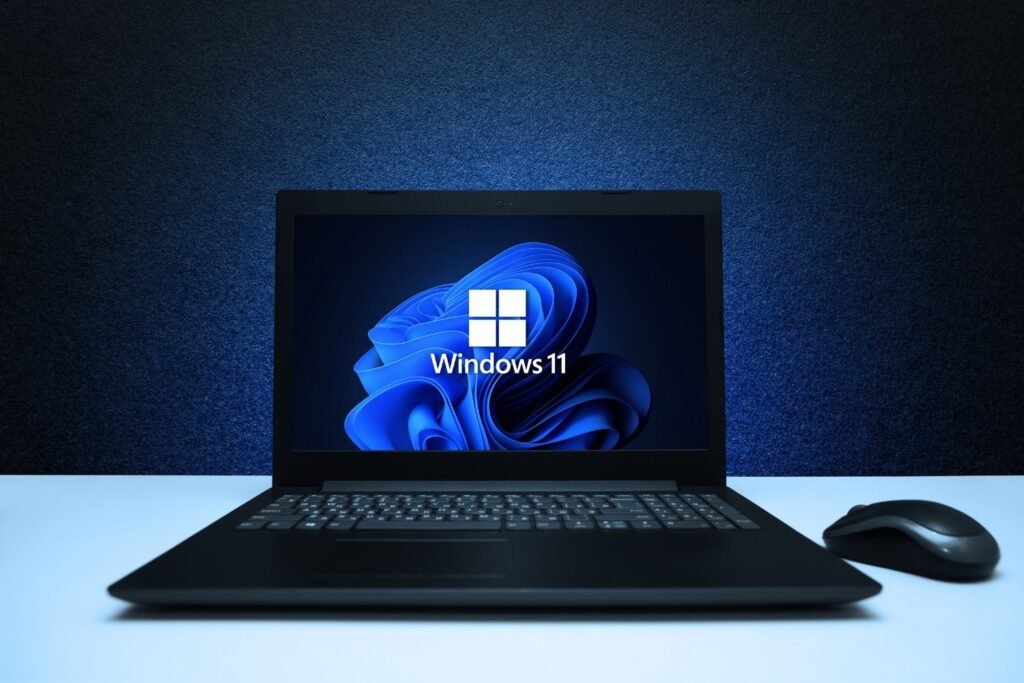Don’t Update to Windows 11 24H2 Without Doing This First: You Could End Up with Blue Screens of Death

Issues with Windows 11 24H2 Update and SSDs
The 24H2 update for Windows 11 was released in early October, but since its arrival, many users have experienced issues such as blue screens, loss of storage space, and the need to meet strict hardware requirements. It has now been discovered that the update is also causing serious errors on systems with certain Western Digital and SanDisk SSDs. These errors are related to the Host Memory Buffer (HMB) of the SSDs, leading to critical system failures, known as blue screens of death.
How to Fix the Issue Before Updating
If you have a Western Digital or SanDisk SSD, the safest solution before installing the Windows 11 24H2 update is to update the firmware of your SSD. Manufacturers have released new firmware versions that address this issue and prevent blue screens. It is recommended to perform this update before proceeding with the operating system installation to prevent errors from affecting your system’s performance.
To update the firmware, has provided a tool called Western Digital Dashboard. This application detects the model of SSD you have installed and allows you to easily update the firmware. Additionally, the app provides additional information about the status of the SSD, its temperature, and read and write speeds.
What to Do If You Have Already Updated to Windows 11 24H2
If you have already installed the Windows 11 24H2 update and are experiencing issues, updating the firmware of your SSD should resolve the errors. After the update, the system should function normally. However, if you have not yet updated to the latest version of Windows, it is advisable to do so only after updating the firmware of your SSD. In fact, manufacturers suggest that may block access to the update for those users with affected SSDs who have not performed this firmware update.
In summary, before updating to Windows 11 24H2, make sure that the firmware of your SSD is up to date to avoid any possible system failures and ensure a smooth installation.




